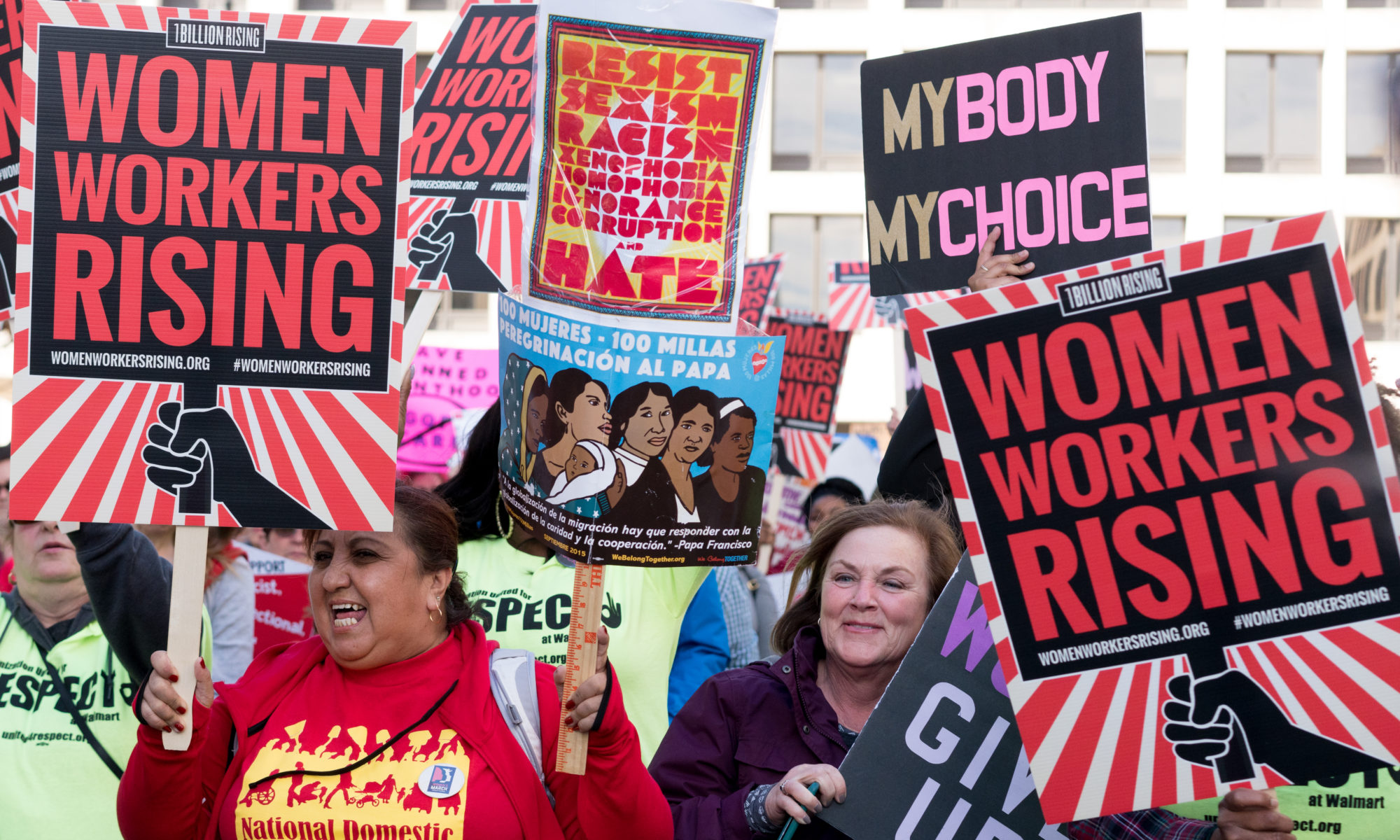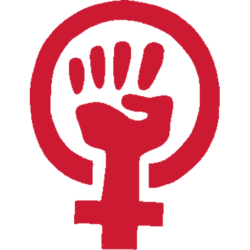He’s been in the press promoting himself for election to the Labour NEC and one has to assume that he considers himself material for a parliamentary seat. Yesterday he said “Labour needed to tap into the diversity within our movement” and “do more to increase involvement from a range of groups that I don’t feel are represented enough in our party”. This is the language we are deeply comfortable with and indeed how could anyone object? It is an appeal, on the grounds of equality, for greater representation of under-represent
Izzard is the latest in a number of high profile celebrity males to claim some aspect of the transgender umbrella for themselves. Bizarrely on Monday the bearded Sam Smith claimed to be a woman, a non-binary transgender person stating “I feel just as much woman as I am man”, making it all seem so cutting edge and fashionable. Of course its not obvious to most that a male bodied person with a beard is so obviously a woman. And similarly with Izzard who recently said “I have some of the same genetics as women so I am transgender” and as proof he utilised his love of high heels and posed in a ridiculous pair of boots which one is unlikely to see on a woman. As with many trans identifying males Izzard shows a great affinity with the stereotypical sexist persona of the femme fatal and zero identification with the harassed single mum making ends meet.
Eddie Izzard is particularly problematic to us as socialists because he looks ready to infiltrate political spaces that are meant for women and has all the language to tell women to shut up when we notice and raise objections. Wikipeadia describes Izzard as identifying as “a straight transvestite or a male lesbian”. He has also described himself as “a lesbian trapped in a man’s body”, transgender and “a complete boy plus half girl”. Describing yourself as a “lesbian trapped in a man’s body” does not just hint at a man struggling with dysphoria but suggests a man who struggles with recognising womens boundaries. His comments are deeply insensitive to the sexuality of lesbianism which precludes men entirely. He seems oblivious to the notion of female same sex attraction and thinks he, as a man, can also make a claim on it.
He has further dismissed feminist concerns about gender neutral toilets and moves towards mixed sex changing rooms similarly ignoring the real boundaries women fear being infringed. When men make these dismissive generalities about women’s concerns you know that they’ve given no thought to the teenage girl going to the non-binary school loo with tampons in her bag. She should make no objection to the boys hanging about whilst she deals with her most intimate bodily functions. She should instead think she has some sort of privilege over them suggests Izzard who has promoted the idea of chemically inducing menstruation in men so they’re not missing out. There’s a lack of imagination involved in the extreme end of transgender ideology, ironically it involves zero empathy with women and girls.
But this is the real the elephant in the room. Izzard wants us to acknowledge he’s transgender, he wants us to consider him on the woman spectrum, he also wants political clout. The next move for transgender activists, I have little doubt, is to demand they are placed on Labour Party women only short lists. The next move is to demand that “cis” women move aside for them.
Woman’s Place UK, the campaign to secure exemptions in law from new legislation to support gender self-identity, has listed one of the areas for exemptions as women’s political representation.
Izzard shows us what is at stake, shows us why women have to wake up and why exemptions are crucial. Some men have the nerve (the balls one might say) to literally march in and demand we hand over the gains we have made to them.
Ruth Serwotka
This article was originally posted to Facebook on 25th October 2017.


